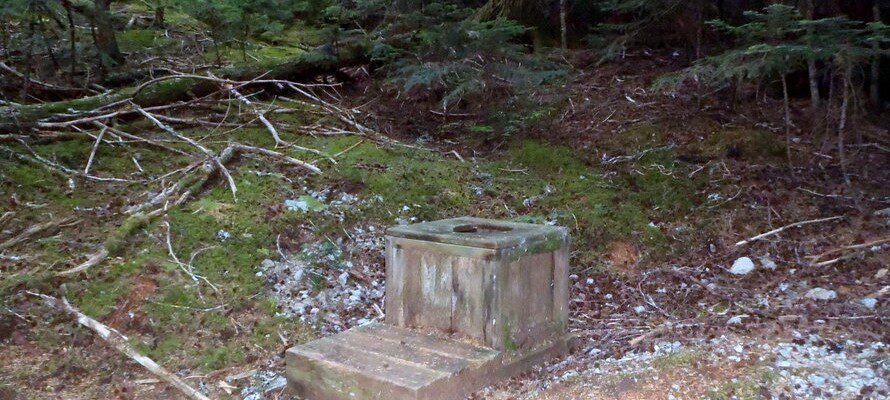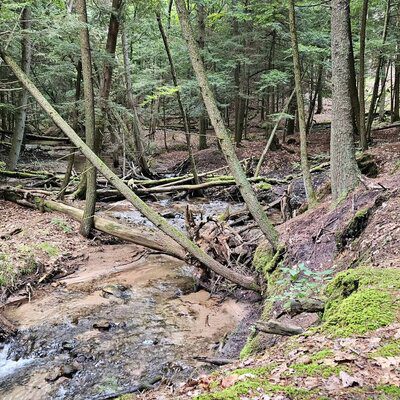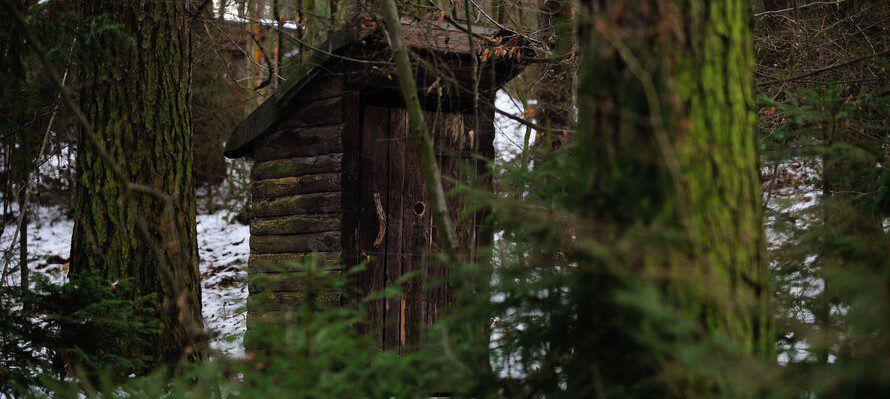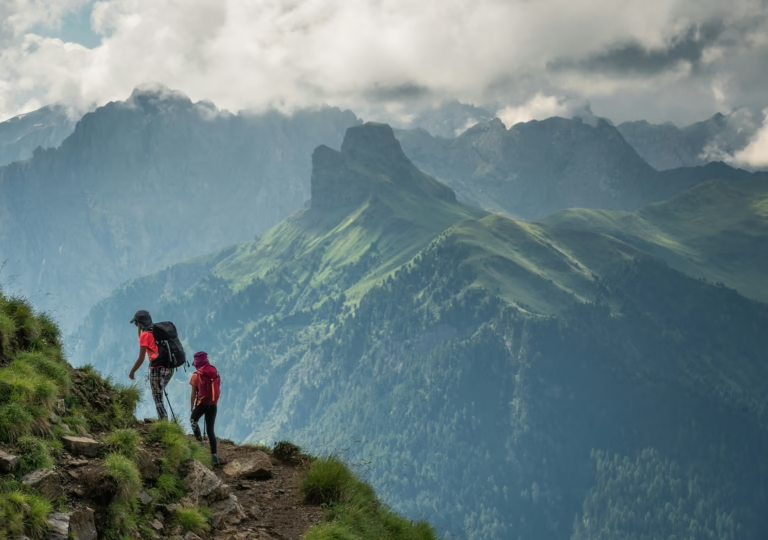Taking a poop in the woods sure isn’t fancy. Yet anyone who loves backpacking, camping, or hanging out in nature knows it’s just part of the adventure!
According to a recent study, 47% of fecal deposits in the forests are shallowly buried. That’s right, folks, almost half of us are leaving behind unpleasant surprises for others and harming the environment.
Now, I’m not here to shame anyone, but I am here to help. After years of trekking through mountains and forests, I’ve learned a thing or two (or ten) about doing our business respectfully and responsibly in the backcountry.
This guide will walk you through everything you need to know about pooping in the woods, from choosing the right spot to packing out your waste like a pro.
So, grab your backpack, get comfortable (virtually, of course), and let’s turn pooping in the woods into a less intimidating, and dare I say, even enjoyable experience (well, as enjoyable as it can be).
How to Poop in the Wilderness?

The best way to poop in the woods is to find a secluded spot away from water and trails. Use a small shovel to dig a hole and squat over it. After you’re done, cover your waste and toilet paper with dirt.
Make sure to take any used wipes with you. This way, you keep the wilderness clean for others and protect the environment from contamination.
But first, let’s cover the basics.
Before you go
Research regulations
Not all trails are created equal. Before you head out, research local rules on waste disposal. Some areas require packing out solid waste or using designated systems.
Respecting these rules protects the environment and avoids any unwanted fines. It’s like being a good guest in someone else’s home, only way bigger and wilder. Check out our article for more information on responsible mountain tourism.
Pack your kit
Think of this as your wilderness bathroom essentials kit:
- Trowel: Your trusty tool for digging the “cat hole” for your business. I use a lightweight metal trowel that clips onto my backpack – it’s been with me on countless adventures.
- Biodegradable backpacking toilet paper: Unscented, plant-based options are key. Remember, pack it out! Burying toilet paper can contaminate water sources and harm wildlife. It’s not cool to leave surprises for anyone or anything but the decomposers.
- Hand sanitizer: Cleanliness is next to godliness, even in the woods. I keep a small, refillable bottle with at least 60% alcohol in my pack – germs don’t stand a chance.
- Sealable bag: Double-bagging used toilet paper and any non-natural waste (think wipes, wrappers) is key. Dispose of it responsibly in designated trash receptacles. Let’s keep the wilderness pristine, not like a forgotten rest stop.
- Solid waste bags or containers: In some areas, packing out solid waste is mandatory. These bags often contain absorbent gels to neutralize waste and odors.
- Wag bags: They are portable disposal systems, which often contain chemicals to break down waste and can be a convenient option. However, check local regulations for proper disposal methods.
New to hiking? Check our Complete Beginners Guide to Hiking
Step 1: Find a suitable spot

Aim for at least 200 feet away from any water source (like rivers, lakes, or streams) and 100 feet from trails and campsites.
Look for spots hidden by undergrowth or trees, ensuring you won’t disturb others with your “business.”
Remember, leaving no trace means leaving no visual clues. Think ninja skills but for the sake of nature.
Also, keep in mind that loose, well-drained soil is your friend when digging the cat hole. Rocky areas or spots near tree roots are a no-go, as digging there can damage the ecosystem.
Step 2: Dig your cat hole
Use your trowel to dig a hole 6-8 inches deep and 4-6 inches wide [1]. Digging deep ensures proper decomposition and minimizes the risk of attracting animals. Make sure to scrape the loose soil to one side. You’ll use this to cover your creation later.
Step 3: Do your business
Squat comfortably over the hole, ensuring good balance. Use tree roots or a sturdy rock for support if needed. Minimize impact by avoiding littering the surrounding area with hiking toilet paper or waste. Remember, we’re guests here, leave it as you found it.
Step 4: Cover up
Once you’re done, use all the dug-up soil to completely fill the hole and tamp it down firmly. This not only hides your “masterpiece” but also discourages curious critters from digging it up.
Make sure to double bag used toilet paper and non-natural waste (like wipes or wrappers) in your trusty sealable bag.
Step 5: Clean up
Hand sanitizer is your best friend after a wilderness bathroom break. But if soap and water are available, that’s my go-to for maximum germ-killing power. Hygiene is important, even when surrounded by nature.
When you’re done, make sure you leave the area exactly as you found it. No toilet paper scraps, wipes, or even a slightly uneven patch of soil should remain. Imagine the next hiker enjoying the same spot, completely undisturbed.
References:
- https://en.wikipedia.org/wiki/Cathole#:~:text=A%20cathole%20or%20cat%20hole,others%20engaging%20in%20outdoor%20recreation.
- https://education.nationalgeographic.org/resource/marsh/







